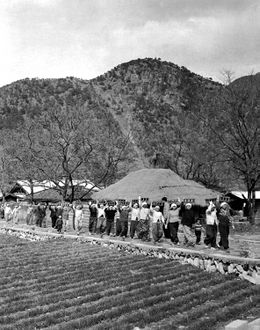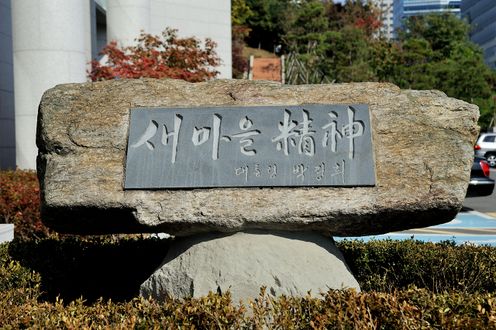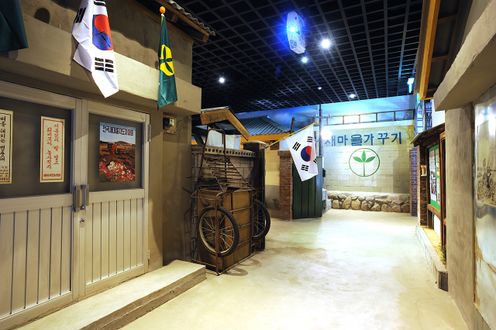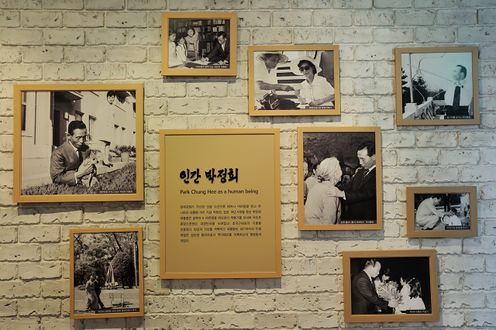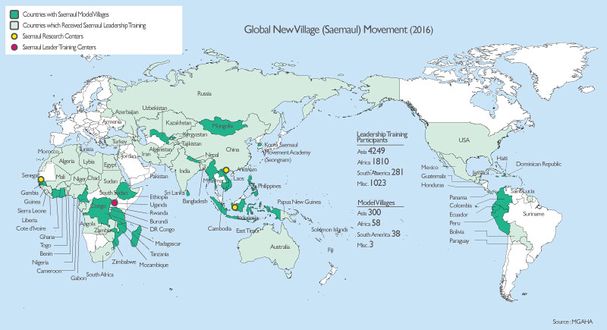The New Village Movement and Park Chung-Hee's Modernization of the Nation
The New Village Movement (also called the Saemaul Movement) is a comprehensive modernization movement for rural areas launched in 1970 by South Korea’s former president, Park Chung-hee. Its slogans were diligence, self-help, and collaboration, as ways to build self-sustaining rural communities.
The movement focused on encouraging a "can do" spirit among farmers and motivating them to become more proactive members of their communities. Promoting voluntary participation of the rural population and building a collaborative system for villages were crucial to effectively implant the New Village Movement. The movement ultimately aimed at making prosperous and diligent farmers. Therefore, the government launched a project geared towards improving rural environments as a catalyst for change, greatly improving infrastructure in South Korea’s rural areas. More importantly, the villagers learned to be more proactive through participation in the self-governing project.
From 1972, the government focused on recruiting and training community leaders for the New Village Movement. In addition to improving of living standards and agricultural infrastructure, the project expanded its scope to include improving locals’ mentality and increasing profit for the rural areas. The New Village organization actively promoted crop modification, land consolidation, and agricultural modernization.
The government encouraged competition among participating villages by redistributing resources based on performance. In 1973, the government assessed performances of the 35,000 participating villages and classified them into three categories - self-reliance village, self-help village, and basic village — based on leadership and collective projects. Once villages nationwide were classified accordingly, the movement began to spread like wildfire through the country as the villages began to compete among each other. By 1979, 97 % of South Korean villages were upgraded to the "self-reliance" level. Leaders of successful villages were granted opportunity to boast of their achievements at a meeting attended by the President himself and also to pass on their experience to less-successful villages.
The New Village Movement, which had originally launched to close the widening gap between rural and urban income levels, was a great success. Later, it was also implemented in the country's industrial and urban areas with various projects for practice of thriftiness, maintenance of a clean and safe living environment, and emphasis on orderliness.
The Saemaul Movement Central Association has been in charge of promoting research on the history of the movement as well as coordinating overseas collaborations. Today, the unique national development model of the New Village Movement is exported to developing countries around the world as an alternative developmental model. By 2017, more than 70,000 people from 108 developing countries in Asia and Africa have received New Village training.
Related Articles
- The Name of Honor and Prosperity - The Republic of Korea (South Korea)
- Population Change and Urbanization
- New Village Movement
- Park Chung-hee
- Republic of Korea (South Korea)
- Saemaul Movement Central Association
